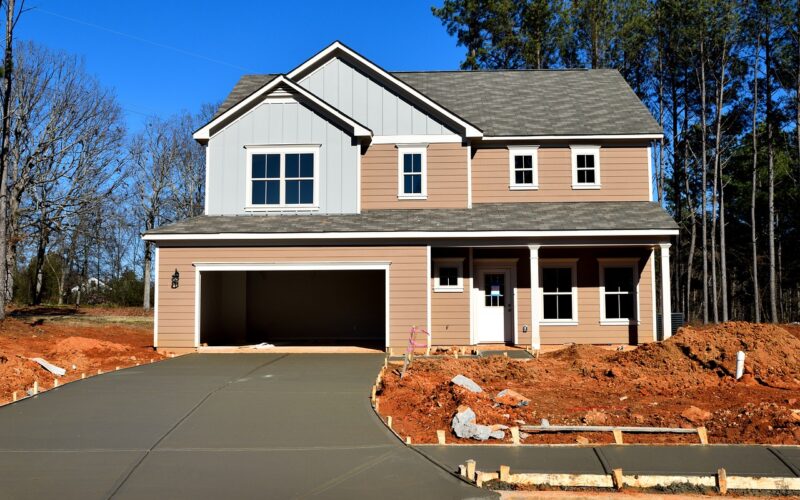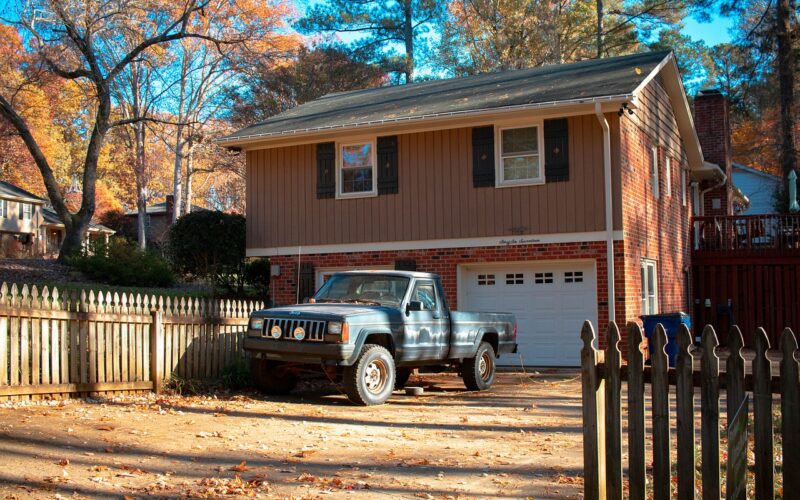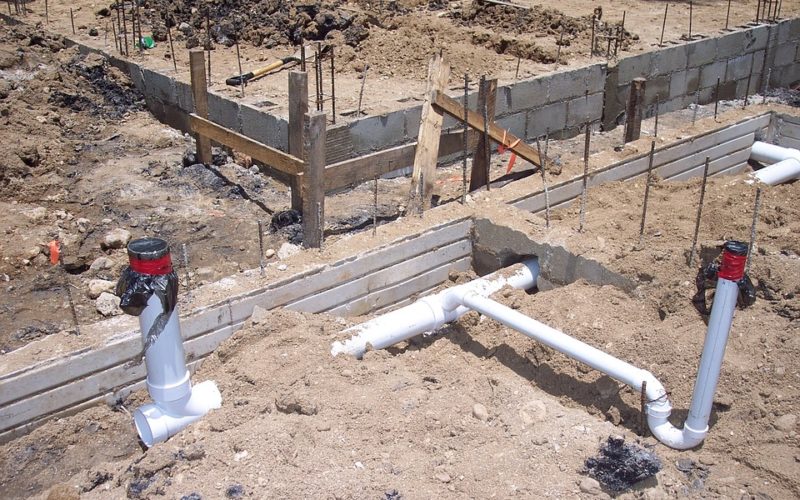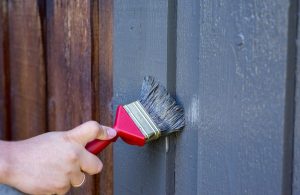Flipping a home can be an exciting venture for anyone looking to invest in real estate and has the potential to generate substantial profits if done correctly. However, it's not without its set of challenges.
Understanding the basics of home flipping
What exactly is home flipping? It's the process of purchasing properties with the intent to sell them for a profit. This typically involves buying homes that are undervalued or in need of repairs, renovating them, and then selling them at a higher price. The catch, however, is that successful home flips rely heavily on timing, market understanding, and smart budgeting.
Finding the right property to flip
The first step in flipping a home is finding the right property. You're looking for a home that's priced below market value but in a location where property values are on the rise. Factors like the neighbourhood, local amenities, and schools can significantly impact the property’s resale value. Using tools such as real estate databases, local auctions, or distressed property listings can unearth potential gems. Remember, the ideal home flip is one where the intrinsic value is hidden beneath cosmetic fixes rather than deep structural issues.
Smart budgeting for a successful flip
Developing a smart budget is crucial. The budget should include not only the purchase price and renovation costs but also a buffer for unexpected expenses. Seasoned flippers often follow the 70% rule, aiming to buy homes for 70% of their after-repair value minus the cost of renovations. This strategy can help ensure there's enough room in the budget for renovations, fees, taxes, and a profit margin at the end.
Navigating the renovation process
Once you've acquired a property, a well-planned and executed renovation process begins. Focus on improvements that increase property value. Often, these are kitchens and bathrooms, which can provide the most dramatic transformations and offer substantial return on investment. Aesthetic changes like painting, flooring, and light fixtures can go a long way too. However, don't over-improve; stay in line with comparable properties in the neighbourhood.
Timing the sale and understanding the market
Timing is everything when it comes to flipping. Understanding real estate cycles and current market conditions is paramount. Ideally, the sale should occur during a seller's market when demand exceeds supply. This aspect can lead to quicker sales and higher prices. On top of that, keeping a close eye on interest rates and mortgage trends can aid in strategically timing your sale to maximise profit.
Minimising risks and maximising profits
There are risks associated with home flipping, such as market downturns, budget overruns, and renovation delays. To mitigate these, it’s important to do thorough research, stay vigilant about the budget, and build a reliable team of contractors. Since the goal is to sell for a profit, it’s critical to work closely with a knowledgeable real estate agent who understands flipping and can market the property effectively.
Flipping homes can be a profitable real estate investment strategy, but like any investment, it requires careful planning, a deep understanding of the market, and consistent attention to detail. With the right approach, a keen eye for potential, and diligent management of the process, flipping homes can be your purchase to profits success story.























